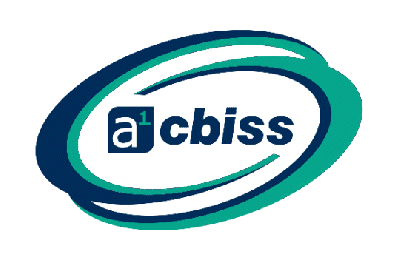JAG is regarded as the gold standard of accreditation for endoscopy regulation & safety. To help achieve the accreditation, Endoscopic units are expected to install a monitoring system to prevent over-exposure of Peracetic Acid on their employees.
JAG Accreditation
The accreditation enables endoscopy services to assess their current performance, and it supports them in planning and developing their services with People, Workforce and for their Profile for improving performance.
Endoscopy decontamination (or sterilisation) departments are required to have a Peracetic Acid (PAA) monitoring system installed as part of their compliance with JAG accreditation.
PAA: A Sterilant in Endoscopy
With advances in sterilisation, hospital technicians in endoscopic units are now sterilising equipment and instruments multiple times per day. This results in technicians being exposed to more concentrated sterilant than ever before. This increase in concentration intensifies the potential for overexposure to dangerous chemicals such as Peracetic Acid causing lasting health effects.
Peracetic Acid (also known as PAA or Peroxyacetic Acid) is an extremely useful chemical because it is environmentally safe, as it breaks down into acetic acid (vinegar) and water. This feature is thanks to its highly reactive properties, which also makes it a great biocide/sterilant.
Beyond its benefits, its high reactivity is also what makes it potentially dangerous. Overexposure to PAA can cause some serious health issues, including pulmonary edema, permanent lung damage, skin burns, and more.
PAA Monitoring Solution
A continuous monitor is required to serve as an early warning alarms for leaks and provide a safety measure for your employees. The Steri-Trac monitor enables you to effectively manage the breathing environment. With a typical system, you’ll benefit from:
- > Remote sensors positioned near to potential leak source or where employees are working
- Digital display unit positioned for anyone to check real-time levels
- Datalogging software for safety advisors to review potential exposure
- Audible alarms to alert employees if exposure limits are close to being breached
- The Sensor Exchange Program (SXP) timely delivers you pre-calibrated PAA sensors
Why choose a1-cbiss?
a1-cbiss have completed several projects in Endoscopy departments at several hospitals across the UK.
Working with a1-cbiss you can expect us to fully assess the project so you are satisfied that your new system will be fit for purpose.
Firstly, we discuss the project with the compliance and safety teams to understand you’re trying to achieve. Secondly, we conduct a site survey or review site plans/drawings. We can then make an accurate decision on how to best to position the sensors and alarms within the Endoscopic unit. Our engineers then design your system. We can install your PAA system or simply supply if you prefer to use your own installation and commissioning team.
Contact a1-cbiss for details





